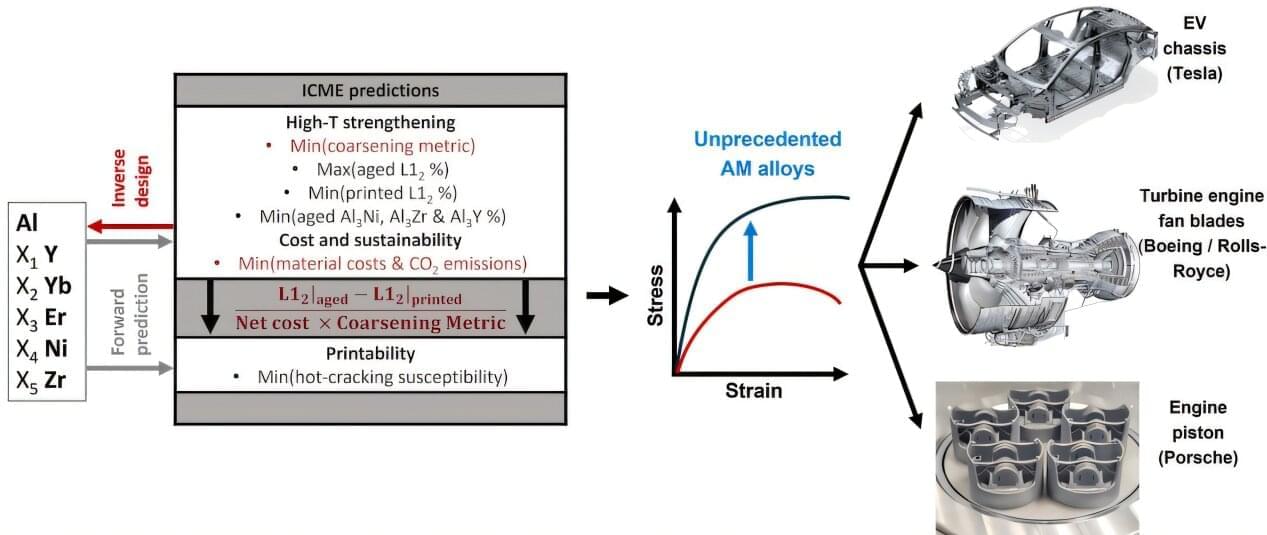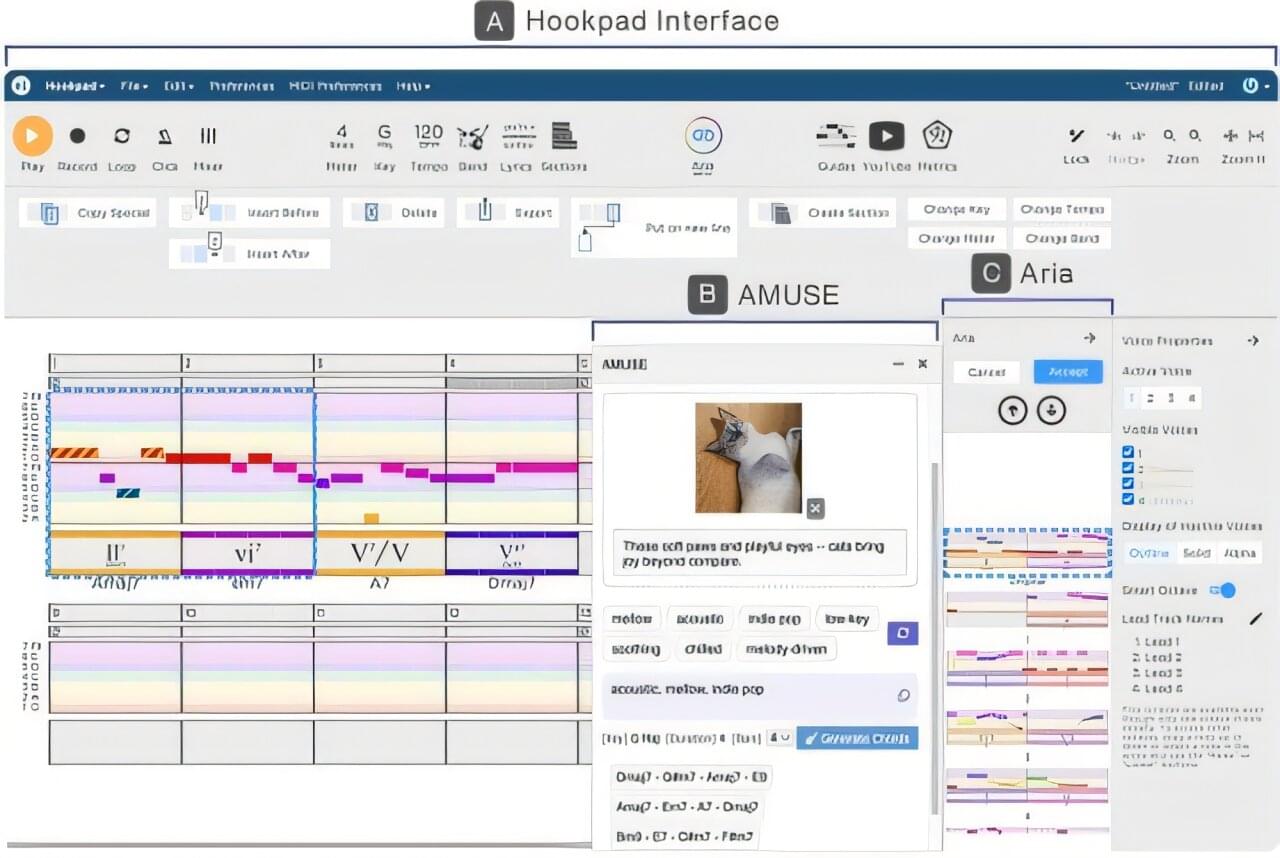Feelings and experiences vary widely. For example, I run my fingers over sandpaper, smell a skunk, feel a sharp pain in my finger, seem to see bright purple, become extremely angry. In each of these cases, I am the subject of a mental state with a very distinctive subjective character. There is something it is like for me to undergo each state, some phenomenology that it has. Philosophers often use the term (singular ‘quale’) to refer to the introspectively accessible, phenomenal aspects of our mental lives. In this broad sense of the term, it is difficult to deny that there are Disagreement typically centers on which mental states have, whether are intrinsic qualities of their bearers, and how relate to the physical world both inside and outside the head. The status of is hotly debated in philosophy largely because it is central to a proper understanding of the nature of consciousness. are at the very heart of the mind-body problem.
The entry that follows is divided into ten sections. The first distinguishes various uses of the term The second addresses the question of which mental states have The third section brings out some of the main arguments for the view that are irreducible and non-physical. The remaining sections focus on functionalism and, the explanatory gap, and introspection, representational theories of, as intrinsic, nonrepresentational properties, relational theories of and finally the issue of and simple minds.







